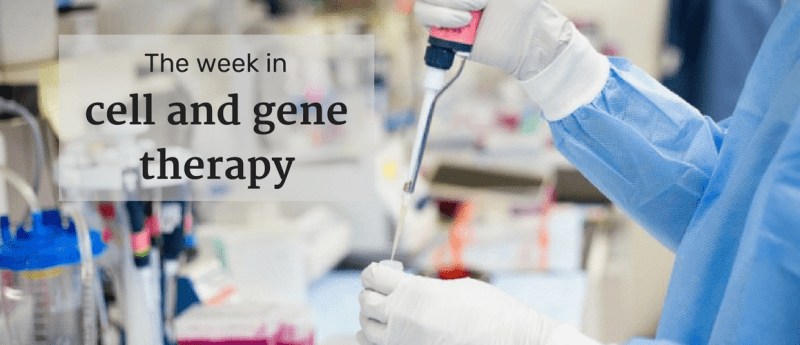Cell therapy weekly: Shanghai unveils new cell therapy park

This week: Mechanism that prevents retinal regeneration uncovered and first patient dosed in phase IIa steatohepatitis trial.
The news highlights:
Shanghai unveils new cell therapy park
Mechanism that prevents retinal regeneration uncovered
First patient dosed in phase IIa steatohepatitis trial
Shanghai unveils new cell therapy park
Shanghai has unveiled a new industrial park aimed at accelerating the development of cell therapies in China. The Zhangjiang-based Cell Industry Park is expected to become the core of China’s cell therapy industry, adding up to 50 billion yuan in value by 2030, and will provide services for the complete development process, from discovery to transport to clinical application.
“Across the country, every one of three new drugs is made in Zhangjiang,” said Lou Qi, general manager of Zhangjiang Biotech & Pharmaceutical Base Company (Shanghai, China). “Seven of the world’s top 10 pharmaceutical companies have offices in Zhangjiang.”
“We can learn what patients hunger for, such as tumor treatment, and let them enjoy the most advanced cell therapy,” said Xia Duo, general manager of Shanghai International Medicine Zone Group (Shanghai, China). “The whole process, from knowing the demand to designing and manufacturing new drugs and treating patients, will be achieved within Zhangjiang.”
Mechanism that prevents retinal regeneration uncovered
New research from Baylor College of Medicine (TX, USA) has revealed the regenerative capacity of the retina, which usually lays dormant, suppressed by a mechanism called the Hippo pathway. Müller glial cells, which spontaneously restore vision in the retina of zebrafish, were engineered to be impervious to the Hippo pathway; subsequently, these engineered cells showed renewed proliferation and acquired the identity of retinal neuron progenitor cells.
“Up to this point researchers did not know what endogenous blocking mechanism prevented Müller cells from entering a regenerative state. The Hippo pathway is a new molecular entry point to that mechanism,” said lead author Ross Poché, assistant professor of molecular physiology and biophysics and member of the Dan L Duncan Comprehensive Cancer Center at Baylor. “Our next step is to develop a strategy to guide proliferating Müller glial cells into differentiation pathways leading to retinal cells capable of restoring vision.”
First patient dosed in phase IIa steatohepatitis trial
Promethera Biosciences SA (Mont-Saint-Guibert, Belgium) has announce that the first patient has been dosed in a phase IIa trial assessing HepaStem for the treatment of late stage non-alcoholic steatohepatitis (NASH). HepaStem is an allogeneic liver stem cell-based therapy which has previously been shown to be safe in a phase IIa trial in acute-on-chronic liver failure.
“Moving HepaStem into clinical studies in NASH in addition to the ongoing clinical evaluation in Acute-on-Chronic Liver Failure, represents a significant milestone for our therapeutic development activities. While this first trial in NASH is conducted in Europe and is designed to deliver first clinical results early next year, the clinical development plan for HepaStem is going to expand into the US and Japan in the mid- to long-term,” said Etienne Sokal, Chief Scientific & Medical Officer of Promethera.
For more weekly cell therapy news, read previous editions of the cell therapy weekly.